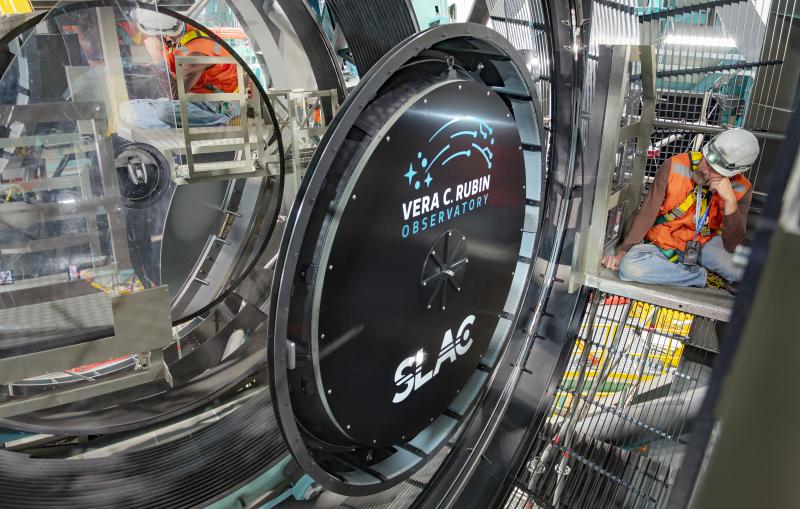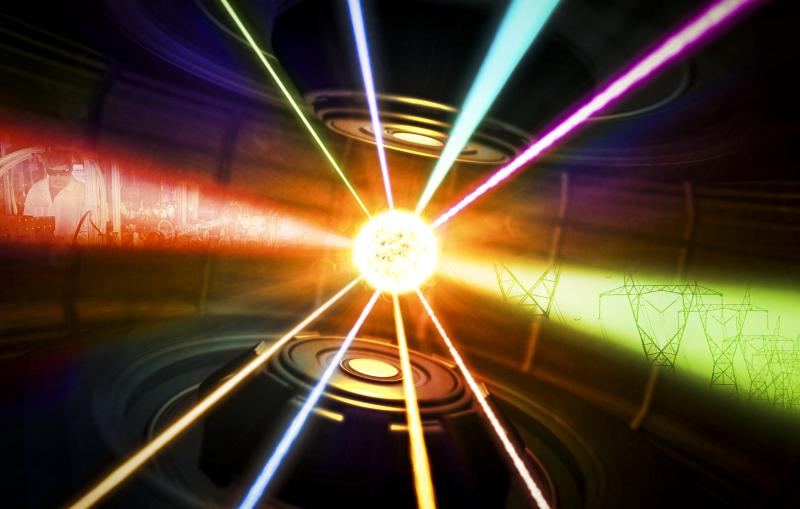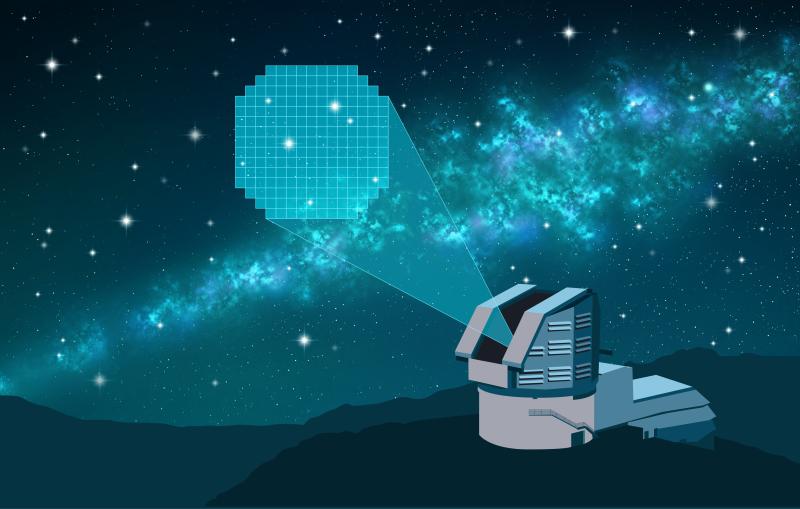SLAC physicist honored for precision particle theory research
Bernhard Mistlberger has developed new methods to make Standard Model predictions more precise than ever. The European Physical Society recently awarded him the 2021 Gribov Medal for his contributions.
As experimental particle physicists push their research to new heights of precision, theoretical physicists must also push boundaries so their predictions keep pace. Now, Bernhard Mistlberger, a particle theorist at the Department of Energy’s SLAC National Accelerator Laboratory, has won the European Physical Society’s Gribov Medal for his efforts to do exactly that.

The Gribov Medal, which is awarded every two years to a physicist who is up to eight years out of graduate school, went to Mistlberger this year for his efforts. “It’s a huge honor,” he said.
"This award is a major accomplishment, and we’re thrilled to see Bernhard recognized for his contributions to particle theory," said JoAnne Hewett, SLAC's chief research officer and associate lab director for fundamental physics.
It might seem that a theory as successful as the Standard Model of particle physics would make exact predictions about how particles, such as quarks, behave on the most fundamental level. In fact, theorists make those predictions based on an elaborate approximation scheme first devised in the 1940s and represented in pictures by the celebrated Feynman diagrams. While the simplest Feynman diagrams already do a good job predicting many processes, the level of precision needed to match data coming out of the Large Hadron Collider requires more precision. To reach that, physicists must use ever more complicated diagrams and ever more complicated mathematical functions, some of which even mathematicians themselves have not studied.
That's where theorists like Mistlberger come in. As a graduate student at ETH Zurich, he took on the challenge of computing, to a new level of precision, the rate at which the Higgs boson would be produced in particle colliders. Since then he has extended his work to study methods for computing certain complex Feynman diagrams involving repeated interactions between fundamental particles such as quarks and vector bosons, which carry the force that holds quarks together inside protons and neutrons.
The research, Mistlberger said, requires different ideas, techniques and algorithms than worked in the past: “There are mathematical beasts out there that still need to be tamed and understood.”
Contact
For questions or comments, contact the SLAC Office of Communications at communications@slac.stanford.edu.
About SLAC
SLAC National Accelerator Laboratory explores how the universe works at the biggest, smallest and fastest scales and invents powerful tools used by researchers around the globe. As world leaders in ultrafast science and bold explorers of the physics of the universe, we forge new ground in understanding our origins and building a healthier and more sustainable future. Our discovery and innovation help develop new materials and chemical processes and open unprecedented views of the cosmos and life’s most delicate machinery. Building on more than 60 years of visionary research, we help shape the future by advancing areas such as quantum technology, scientific computing and the development of next-generation accelerators.
SLAC is operated by Stanford University for the U.S. Department of Energy’s Office of Science. The Office of Science is the single largest supporter of basic research in the physical sciences in the United States and is working to address some of the most pressing challenges of our time.





